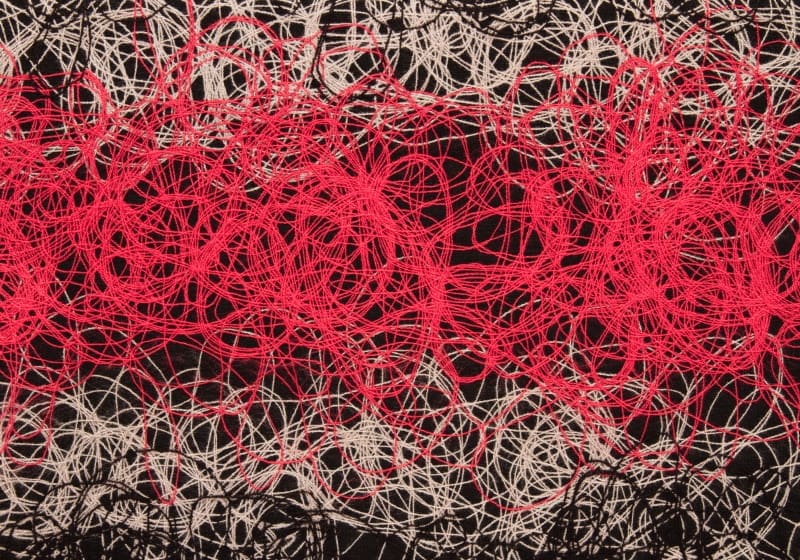For decades, Indian policymakers have supported a textile policy that heavily favours cotton. The causes are not difficult to find. India is the world’s largest cotton grower, accounting for 25% of worldwide output. The country boasts the most cotton acreage, at over 125 lakh hectares, with approximately six million farmers farming the fibre.
Despite the encouragement, India’s cotton-dominated textile exports have declined in recent years. The share of readymade garments (RMG) in the country’s export basket has declined from 11% in 2001 to 4% in 2020.
India’s overall share of textile exports has dived sharply from 24 per cent to 11 per cent in the last two decades. This is because the world has moved away from natural fibres like cotton to man-made fibres (MMF) such as polyester, viscose and Kevlar. PM Narendra Modi met eight representatives from the textile industry to understand steps to revive the sector and boost exports. In the US where import duties are same for India and its competitors, Bangladesh and Vietnam offer their products 34 per cent and 19 per cent cheaper respectively. A lot more needs to be done for Indian exporters to become competitive.
More reforms and investment in infrastructure are needed to bring these costs down. Automation, especially in RMG, will help increase productivity and reduce costs.

